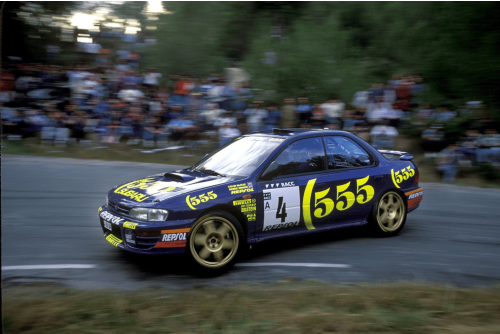You'd be hard pressed to think up a 'rags to riches' story more compelling than the rise of Subaru. Let's not forget that as recently as the late '80s, a tiny span of time in the grand scheme of things, certainly in car manufacturer terms, Subaru was a little known car maker, certainly on this side of the Atlantic. Those that were aware of Subaru tended to be farmers and others that made that made their living off the land, and they tended to buy Subarus due to their reputation for toughness, reliability, and the fact that all its models – from the Justy to the Legacy – came with permanent four-wheel drive.
The 1990s changed everything though, and by the end of the decade a firm that had done steady, unspectacular business for its entire existence had completely changed its image: the success of the Impreza on the WRC stage, the signing of Colin McRae and Richard Burns, and the launch of a slew of homologation specials and special editions, these were all factors that enabled Subaru to totally redefine itself.
We thought it high time that Subaru was given the recognition it deserves, hence why we once again sent Jarkle off to research and write a list, this time covering the greatest road, rally and race Subarus ever built.


It didn't take Subaru very long to begin capitalising on its WRC success, and the Series McRae was the first in a long line of rally inspired specials.
1. Impreza 'Series McRae'
This really was the car which changed everything for Subaru, the one that encouraged thousands of would-be rally drivers across the UK to sit up and take notice of the rather inelegantly named 'Fuji Heavy Industries.' Built to celebrate the on-stage success of Colin McRae, the Series McRae was the first of many UK-centric special editions, and the first developed in conjunction with Prodrive, the firm tasked with running the works Imprezas within the WRC.
A mere 200 Series McRae Imprezas were built, all with natty 16in Speedline Safari alloys (side note, does anyone else remember when 16in wheels were considered huge?), all with special Recaro seats and all costing a heady £23,000. It wasn't cheap and the interior wasn't exactly great, but the Series McRae kick-started the UK's love affair with performance Imprezas.
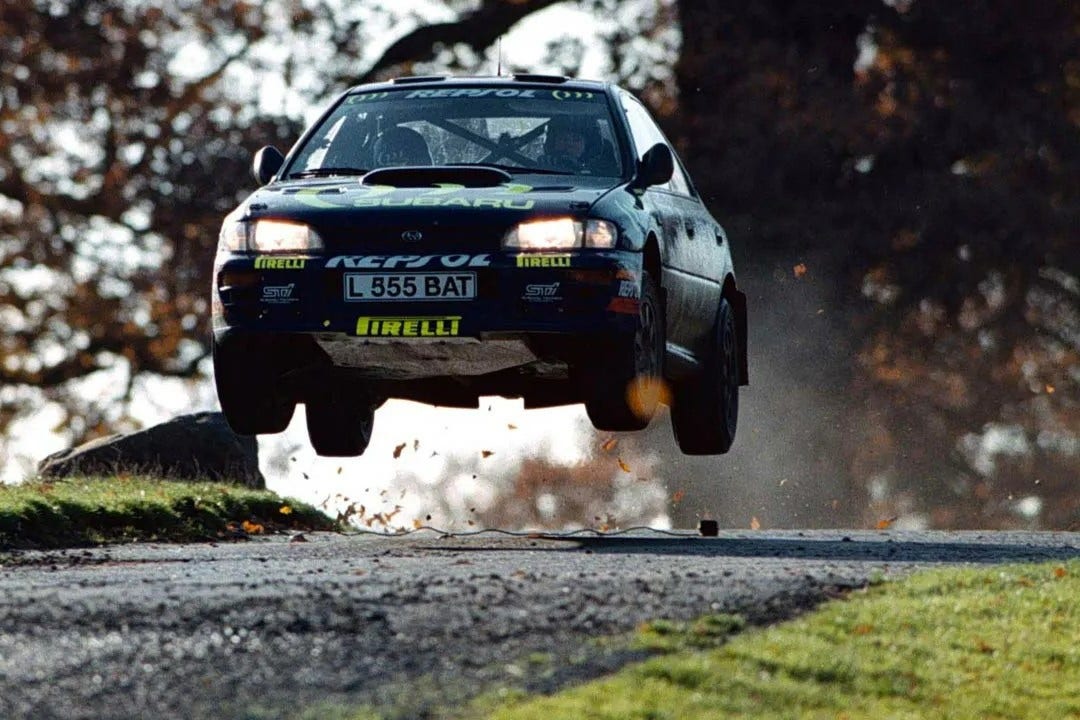

1995 was among the greatest of the WRC's many seasons, certainly as far as Subaru and British rally fans were concerned.
2. Impreza 555
1995 is a year that has gone down in both Subaru and World Rallying history, as it was the season that the firm finally managed with the Impreza what it'd been threatening to do with the Legacy for years, win the World Rally Championship. McRae scooped the drivers' title and Subaru took home the manufacturers' gong – no mean feat for a relatively tiny car firm that had only begun rallying a few years earlier.
The Impreza 555 itself wasn't especially radical or groundbreaking, it was merely a compact and adaptable body shell that allowed the rugged mechanicals within to shine, the 295bhp flat-four 'boxer' being but one example. One aspect of the Impreza that did set it apart from its rally rivals was its active centre differential, a feature that most other teams didn't have for years and one which McRae made full use of. The sight of a blue and gold Impreza blatting through a damp Welsh forest is for many, myself included, the defining image of British rallying in the '90s.
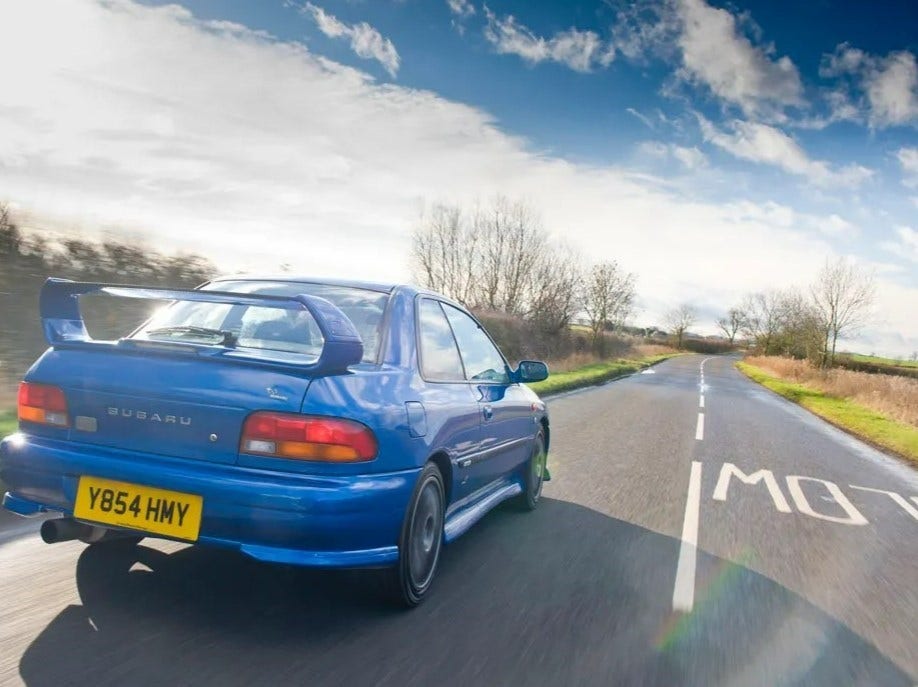

The P1 was one of the best special editions ever signed off by the Subaru 'top brass'.
3. Impreza P1
The P1 was built to try and stem the tide of STI-badged grey imports flooding the UK and Europe in the late '90s, and it was designed and conceived to be the ultimate European two-door Impreza. Prodrive played a massive role in the development of the car (hence the 'P' in 'P1) and helped get it type approval on this side of the world, while also carrying out the many modifications required to convert the WRX STi Type R on which it was based. The result was easily one of the best Subaru Imprezas of the lot, and the full allocation of UK cars sold out within months, the buyers no doubt won over by its aggressive looks, chassis honed for UK roads, the unique Sonic Blue paint, and the note emitted by its fettled flat-four.
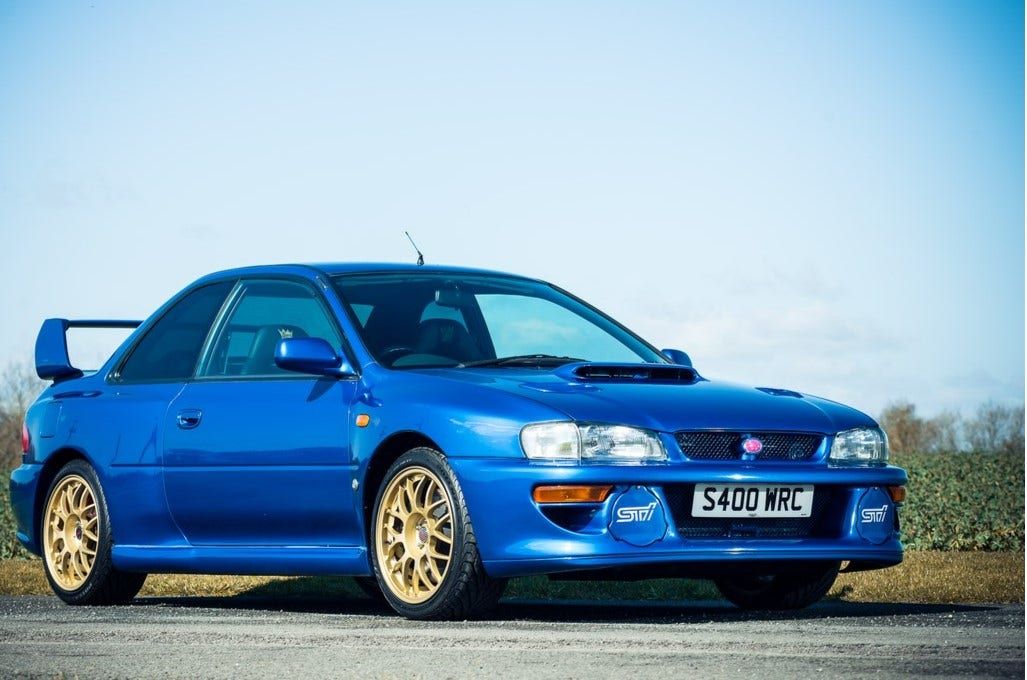

P1 too common and too narrow for your tastes? Then you'll be needing one of the 399 22Bs constructed.
4. Impreza 22B
The P1's arch rival and the car that most consider to be the ultimate Impreza, the 22B looked for all the world like the wide-arched rally cars doing such sterling work within the WRC at the time. That was no coincidence of course, Subaru having signed off the design on the basis that it would really ram home the link between the company's road cars and the 1997 Impreza WRC cars, the bulging wheel arches, widened track, adjustable rear wing and gold wheels being the most obvious visual connections. Looks aside, the 22B also boasted a 2.2l boxer engine making 280bhp, a massive amount in an era when the majority of hot hatches were naturally aspirated and made approximately 180bhp. It was a fitting way to celebrate both Subaru's 40th birthday and the trio of constructors' titles it claimed between 1995 and 1997.
Just 399 22Bs were made in total, with a mere 16 making their way to the UK, the hot Impreza's adoptive home. Much like the P1, the 22B's providence was assured from the moment it was conceived, and it's a struggle to even find one for sale at all nowadays, let alone grab a cheap example!
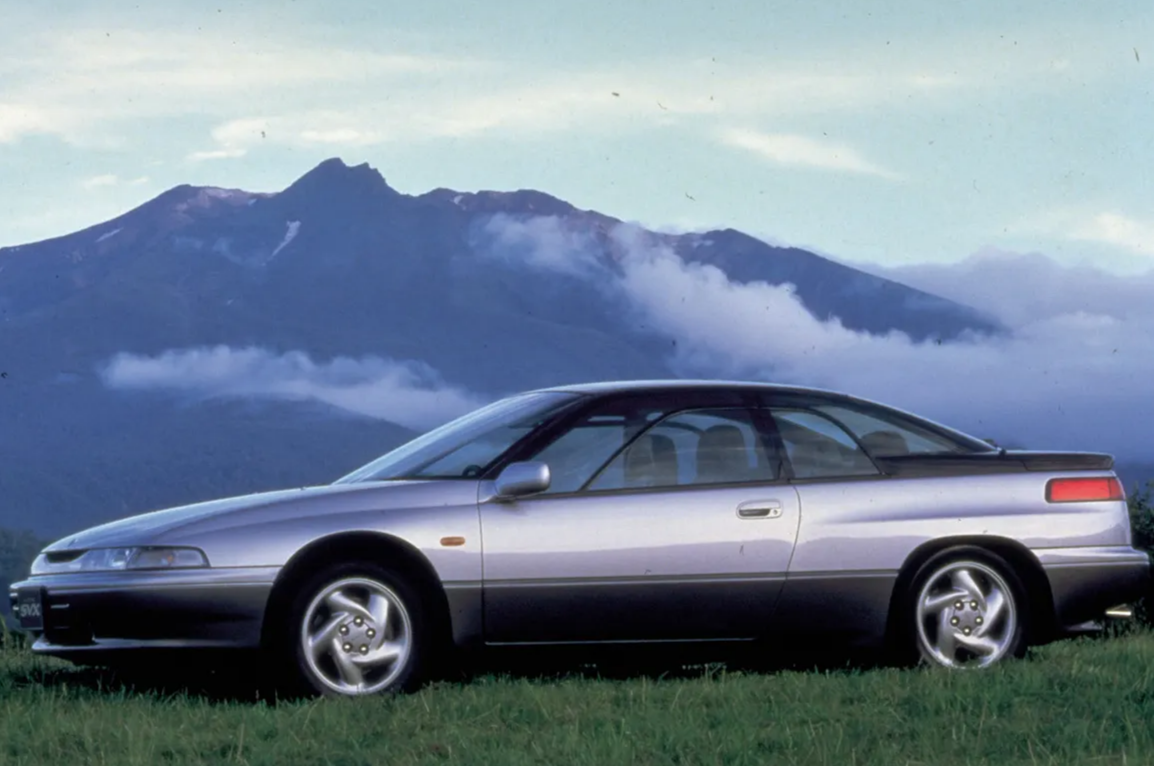

The SVX looks out there now, can you imagine what it must've looked like back in the early '90s!?
5. SVX
Many of the cars on this list helped transform Subaru's image from a purveyor of farm trucks and agricultural hatchbacks to one of the globe's performance icons, but none have come close to matching the SVX for straight-up weirdness. Quite why Subaru decided to develop a super coupe powered by a flat-six in the early '90s, a period when had little to no badge credibility, isn't known, but we're glad that it did! It isn't that surprising that Subaru struggled to sell the SVX (despite its striking, Giugiaro-penned appearance); it was expensive, somewhat divisive and very, very niche. That said, the styling that proved divisive at the start of the '90s has aged well, and the result is that the SVX most certainly doesn't look its age.
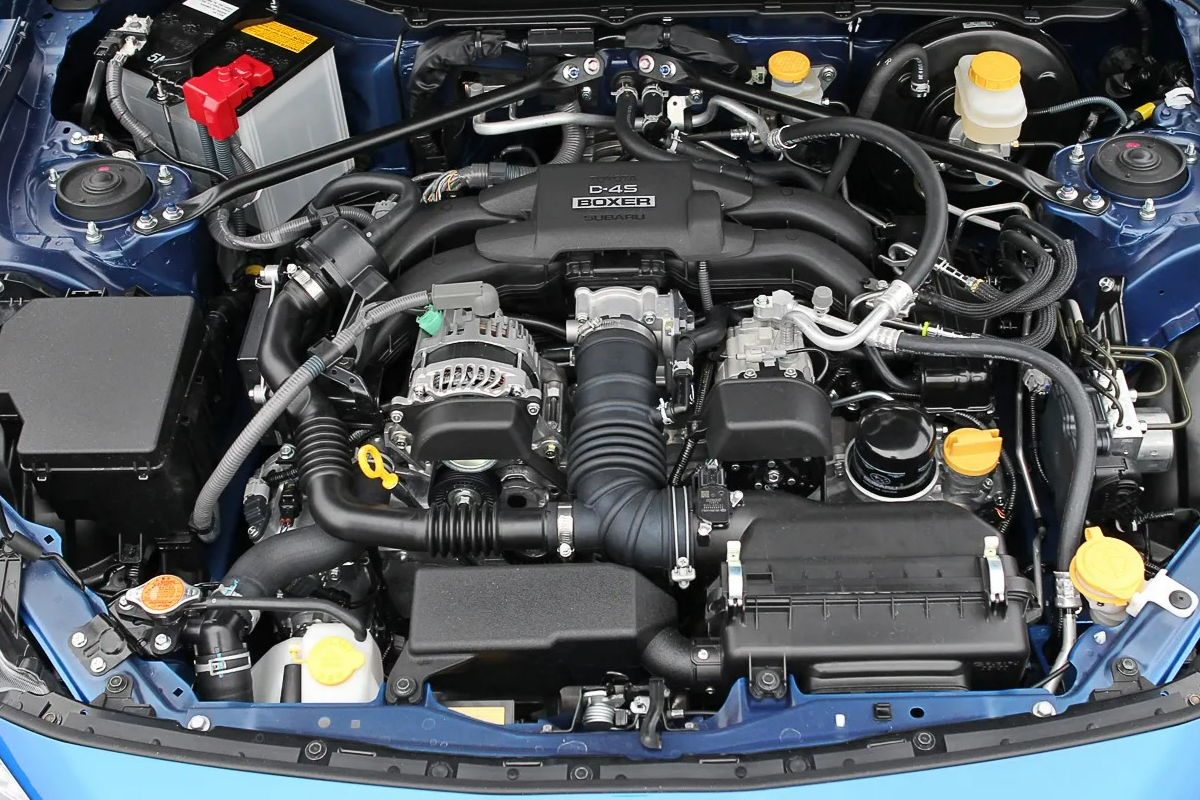

The BRZ and the GT86 are the result of a join programme between Subaru and Toyota, though the former provided the flat-four 'boxer' found in both cars.
6. BRZ
Subaru doesn't make coupes very often (the relatively poor sales performance of the SVX probably explains why), so the BRZ really did make waves when it was announced back in 2012. Developed in conjunction with Toyota – you can buy a mechanically identical car with GT86 badging, the BRZ was based around a Subaru flat-four fed by Toyota's injection system, a setup that made a 200bhp, a decent amount, sure, but not an earth-moving figure. The BRZ was never intended to be about all out power and tyre-shredding performance though, it was about striking the right balance between bhp and handling, something that Subaru's engineers well and truly nailed.
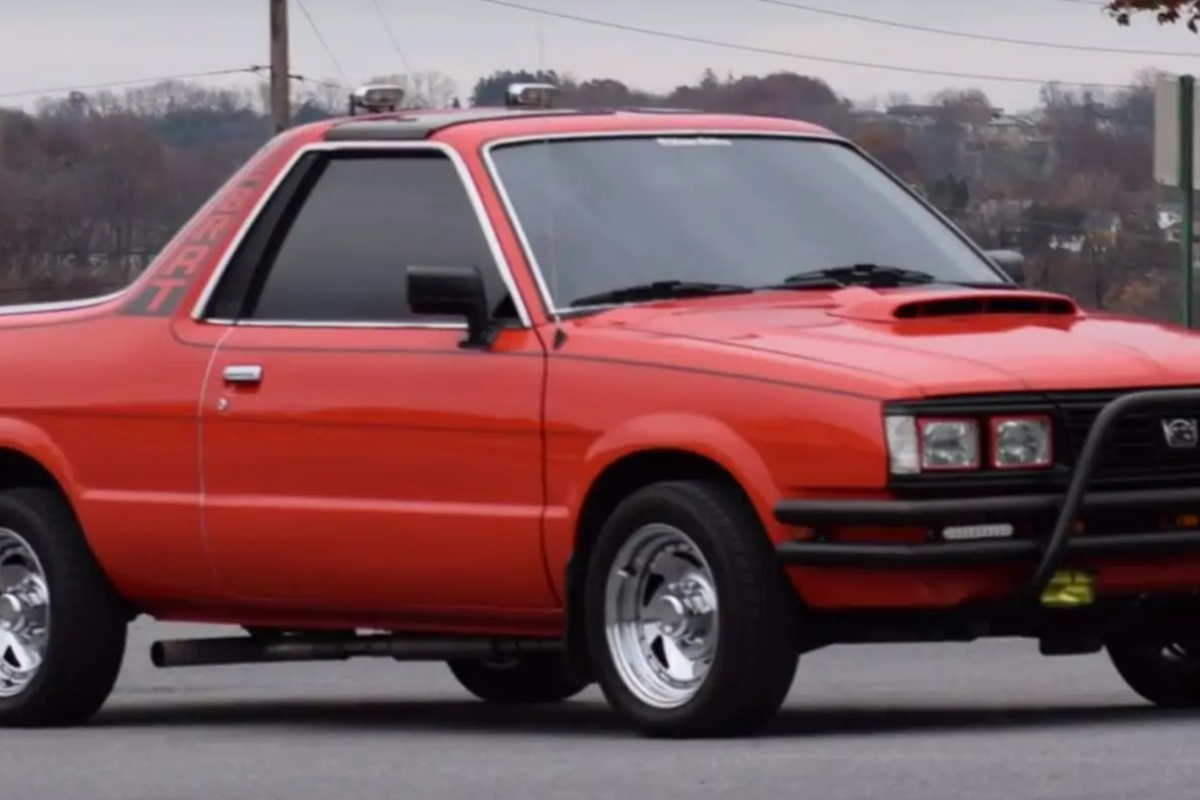

Cheap, light, rugged and with a dependable four-wheel drive system - it isn't hard to see why the Brat appealed to farmers.
7. Brat
Another oddity from Subaru's past, the Brat was oddly named, oddly styled and massively practical, a trio of factors that helped it sell well, particularly among the Subaru faithful – those that needed to work the land in all seasons and conditions. Its flat-bed might've been small and its engine small and wheezy, but there was no getting around its sheer, four-wheel drive capability, and for a long time it was all but impossible to go anywhere near a farm without seeing a Brat being put to good use. So, why don't we see Brats around nowadays? Primarily because the Brat hails from a period in time when Japanese cars weren't exactly known for the resistance to corrosion. It's fair to say that in the battle between Japanese steel and British weather, the latter well and truly won.
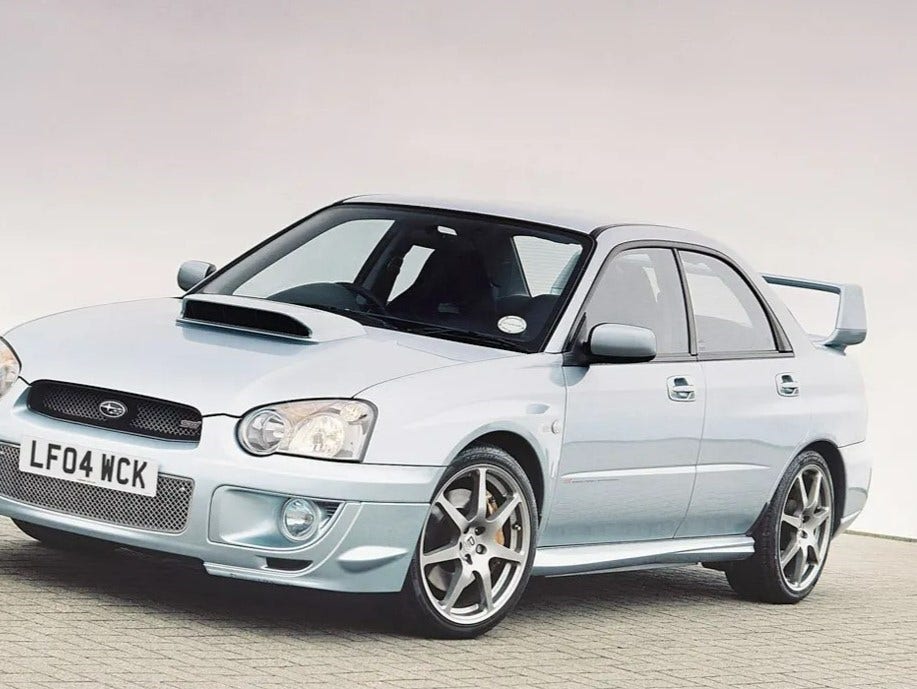

The new age Impreza produced some of the best Subaru special editions of all.
8. Impreza WR1
2003 marked a return to rallying form for Subaru, the Prodrive-prepared cars having found themselves outclassed and out-driven by the pairing of Peugeot 206 and Marcus Gronholm the preceding year. Petter Solberg, a phenomenally talented Norwegian and very much a fan favourite, was the team's lead driver and the last Subaru man to take the title, edging out Citroen's Sebastian Loeb to win by a single point. (Side note, Solberg's Drivers' title in 2003 remains the last time someone other than a Frenchman named Sebastian lifted rallying's ultimate prize)
Subaru opted to mark Solberg's title by building a special edition based on the GD8 'Blob Eye' Impreza, and the result was the WR1. Only available in Ice Blue, a JDM paint code, and with a ride height 25mm lower than the regular STi, the WR1 was an instant success, something no doubt helped by the addition of 320bhp engine, flow-formed alloys and an immense sound system.
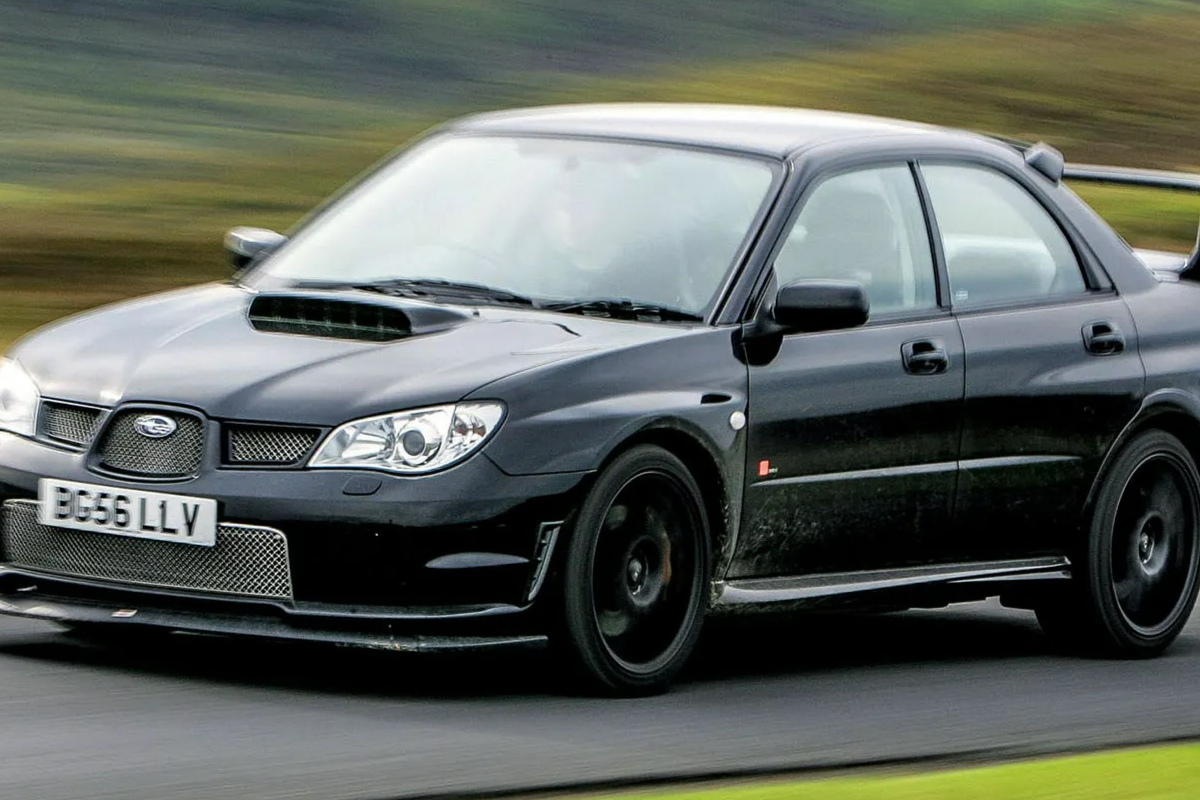

The Impreza RB320 was built to commemorate the passing of Richard Burns.
9. Impreza RB320
It's sad and genuinely shocking to think that it wasn't all that long ago that British drivers dominated the WRC, with both Colin McRae and Richard Burns regularly challenging for wins at the start of the century. Both have now sadly passed on, and the death of the latter from a brain tumor in 2005 inspired Subaru UK to pull out all the stops in order to build a fitting tribute to England's first and only WRC champ. The result was the RB320, a British-only 'Hawk Eye' Impreza only available in Obsidian Black Pearl paintwork, and with a 320bhp 2.5 boxer working overtime 'up front.' It's generally considered to be among the most complete special editions ever created by Subaru, and therefore a fitting way to pay homage to one of the greatest rally drivers Britain has ever produced.
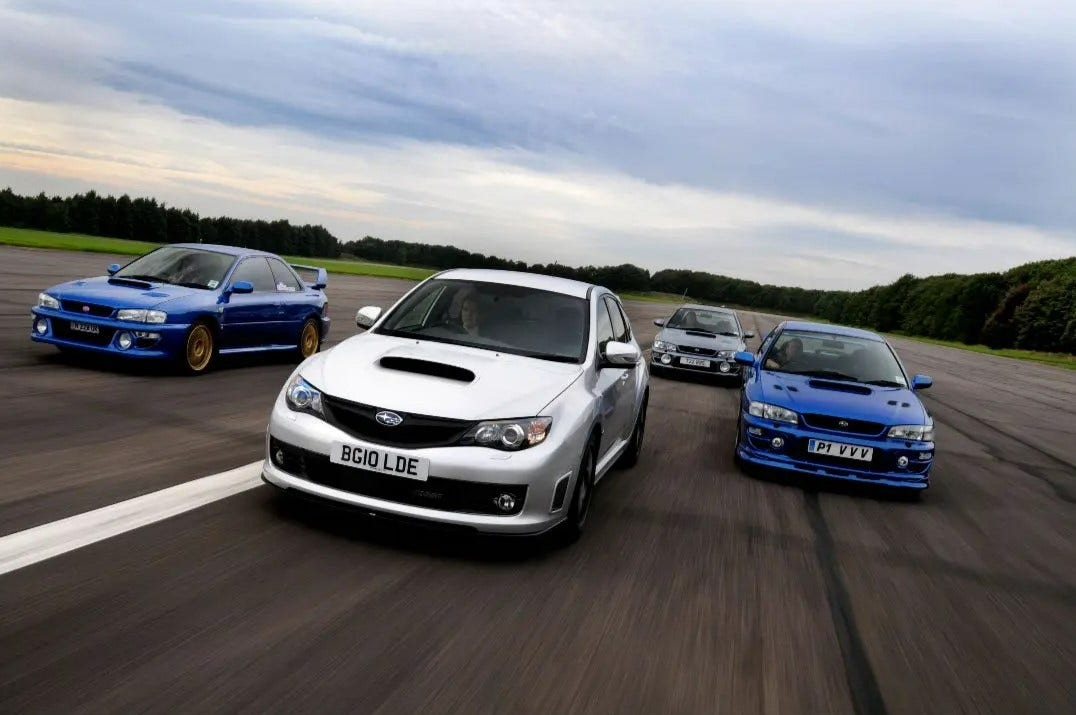

The addition of Cosworth's engine know-how helped make the CS400 an instant cult classic.
10. CS400
It's probably fair to say that Subaru has struggled to compete against the rising tide of European hyper hatches of late, though the CS400 proves that, despite having abandoned the saloon in favour of a hatch, Subaru still has what it takes to make a stunningly capable performance car. The CS400 also saw Subaru teaming up with one of the UK's automotive engineering powerhouses, Cosworth, so the resulting car was never going to be either slow or disappointing!
The CS400 proved to be one of the most potent, albeit understated, Japanese performance cars of the noughties. Cosworth worked its magic on the venerable flat-four, adding a quartet of forged pistons and con-rods, as well as uprated bearings, oil pump, thicker gaskets and a revised turbo. The resulting 400bhp was then sent through a revised chassis and the result was a Subaru capable of humbling Porsches and M3s in the dry, and straight up embarrassing them in the wet.
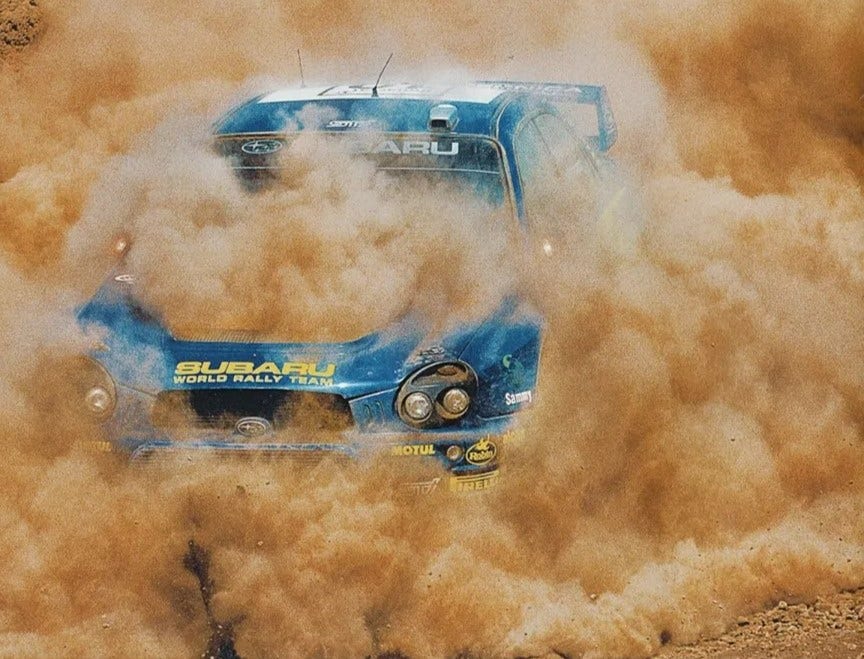

Its looks certainly divided opinion, but the 'Bug Eye' enjoyed one of the most successful WRC careers of any Impreza.
11. 2011 Impreza WRC
Another rallying Impreza, this time the WRC car used by Richard Burns to win the Drivers' title in 2001. For all his undoubted talent and driving ability Burns was never a driver in the mould of Colin McRae (win or bust, and to hell with the consequences). No, Burns actually had much more in common with Carlos Sainz, namely a tenacious, almost bloody-minded commitment to accumulating points at each and every rally, and this ability to summon points from any event was to ultimately prove key to his eventual championship success. Burns battled with McRae throughout the year, the Englishman eventually pipping the Scot to the title by just 2 points.


Subaru partnered with Team BMR to tackle the BTCC with the Levorg.
12. Levorg BTCC
Subaru's decision to enter the British Touring Car Championship at the start of 2016 was a bold move, one made all the more intriguing because it had very little experience of European circuit racing and had never taken part in the BTCC before. Subaru therefore made the sensible decision to team up with Team BMR, one of the championship's most respected outfits, and the two parties worked flat out over the course of winter 2015/2016 to develop the Subaru Levorg into a tin-top racer, signing series stalwarts Jason Plato and Colin Turkington for good measure.
The result? An estate-based racer, one of the few instances of such a body shell being used in the series, and an immediate fan favourite. It took Team BMR a few race meetings to iron out the reliability gremlins and to convince the Levorg's boxer to make enough outright power, but when it did, the wins started to flow in. It would take a brave individual to bet against them adding more in 2017.


See, proof that Subaru's motorsport success isn't merely restricted to the special stages.
13. Cusco Racing GT300 Impreza WRC STi
There's a good chance that you'll be aware of this race car if you've ever played Gran Turismo or Forza Motorsport, as it's been a fixture of both games for several generations now. The Cusco Impreza has become one of the standout cars competing in the GT300 series, Japan's premier production-based championship and one with a power cap of, you guessed it, 300bhp. Such a low peak power figure means that GT300 cars tend to major on brakes, suspension and aero, something the Cusco Impreza has in spades. The result is easily one of the most recognisable circuit-racers that Subaru has yet produced, and one we dearly wish we could see in action for ourselves!


Some of the best Impreza specials didn't even make it out of Japan, the S202 being a good example.
14. Impreza S202
Subaru has never shied away from developing special editions just for the UK, but it also has a habit of (quite understandably) keeping the really amazing, most exclusive specials for its home market, and top of the tree in this respect is the oft overlooked Impreza S202. The S202 was based upon the first of the 'new age' Imprezas, the unloved 'Bug Eye' shape, specifically the RA Spec C. Subaru really did work its magic on the car prior to sale; it gained a Titanium exhaust system weighing 5kg less than the standard part, a re-worked ECU and special cams, and a whole host of other spec changes designed to make it into an Evo-smasher. It made an impressive 316bhp, enough to make it a real force to be reckoned with at the start of the last decade.
Those lucky enough to bag themselves an S202 weren't exactly getting much in the way of luxury, Subaru having opted to put the car on something of a crash diet! The good news was that it tipped the scales at just 1330kg, the bad news is that it did without air bags, sound proofing or even a radio, none of which prevented all 400 made from selling within days.


Don't let the 'cutesy' name fool you, Gobstopper II is one of the most potent race cars competing today.
15. Gobstopper II
The most insane Subaru ever built? Quite possibly, and one designed and built entirely within the UK by the Subaru specialists at Roger Clark Motorsport. Gobstopper II is based upon the third gen Impreza and has steadily grown in spec and capability over the last half a decade, becoming more and more extreme with each revision and evolution. The continual, unbroken development phase the car has undergone means that it's now one of the most powerful race cars competing in Europe, able to send a staggering 780bhp to all four wheels by a series of active differentials. The best bit? Gobstopper II is never anything less than perfectly presented, no doubt helped by the liberal application of Autoglym products.
Too extreme for most contemporary race series, Gobstopper II has instead been used to utterly dominate British Time Attack, and more recently the legendary hillclimb at the Goodwood Festival of Speed. It's proved especially adept at the latter and has taken the fastest time of the weekend for the last 2 years (0:44.91 in 2015), knocking on the door of the ultimate record of 0:41.60, set by Nick Heidfeld in an McLaren MP4/13 F1 car back in 1999.


